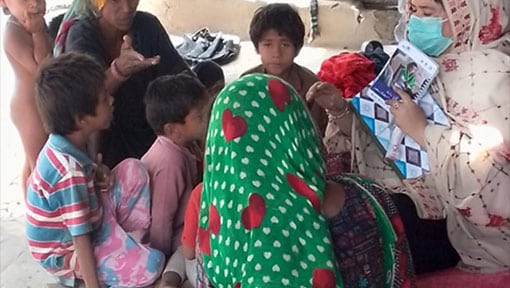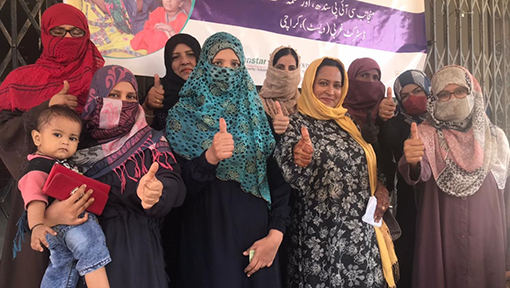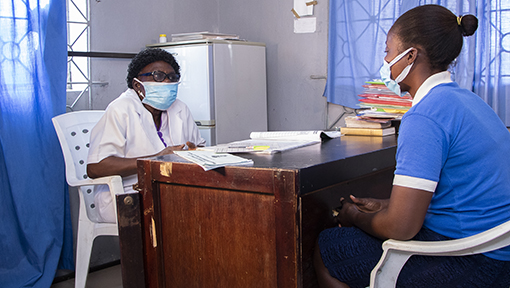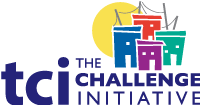Moving Data Review Meetings to UPHCs in Shahjahanpur Improves Family Planning Service Delivery
Contributors: Dharmendra Singh, Deepti Mathur

An ASHA-ANM meeting at an Urban Primary Health Center in Kakra Kala, Shahjahanpur, Uttar Pradesh.
In Shahjahanpur, Uttar Pradesh, monthly meetings between Accredited Social Health Activists (ASHAs) and Auxiliary Nurse Midwives used to take place centrally at the office of the Chief Medical Officer (CMO). But because Shahjahanpur has 94 ASHAs and 25 ANMs, the CMO felt that these meetings were often too crowded, chaotic and unproductive.
The Challenge Initiative for Healthy Cities (TCIHC) recommended that these meetings be moved to the urban primary health center (UPHC) level to limit the number of participants, ensure better engagement of ASHAs and ANMs with other facility staff, provide more regular reviews of data and discuss course corrections. Shahjahanpur’s CMO readily agreed and now the meetings are held in UPHCs and family planning indicators are improving.
“I [have] attended 10 such meetings at UPHCs and noticed a surmountable difference,” the CMO said. “With a limited number of ASHAs and ANMs, I noticed they were paying attention to the proceedings of the meeting.”
The Deputy CMO also witnessed this transformation, and pointed to the following three changes that have taken place:
- ASHAs feel more comfortable sharing issues they face in their work. Those who were shy were not able to speak in front of the large audience in the meetings at the CMO office.
- The UPHC Medical Officer can now coach the entire UPHC team on method choices for family planning and clarify myths and misconceptions related to them.
- Regular UPHC-specific data reviews helps identify issues that need to be addressed, such as supply stock outs.
The Medical Officer In Charge (MoIC) of the Lodhipur UPHC also said holding meetings at the UPHCs was the right move.
“Now, we can review the ASHA diary and Urban Health Index Register … and FP uptake has increased,” said the MOIC. “Earlier, we would know only by the end of six months or one year as to what the performance is but now we know every month.”
This active, regular review of data has helped ASHAs better focus their efforts (see chart below), identify areas where coaching support is needed, provide a platform for recognition of high-performing ASHAs, expedite more timely payment processing and unlock funds from the Ensuring Spacing at Birth (ESB) scheme of the Government of India, which was not previously utilized by urban ASHAs.
| Increase in adoption of FP methods before and after the start of monthly ASHA-ANM meetings at UPHCs | ||
| FP Method |
Before ASHA Meetings at UPHC |
After ASHA Meetings at UPHC |
| IUCD | 697 | 1047 |
| OCP | 4056 | 5610 |
| Condom | 25356 | 40167 |
| Source: HMIS | ||
Moving the location of the monthly ASHA-ANM meetings to UPHCs is proving to be a successful approach across all 31 TCIHC-supported cities. More than 6,000 urban ASHAs are now taking part in such meetings.






